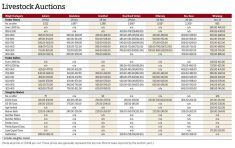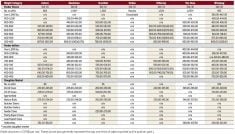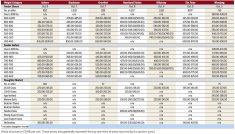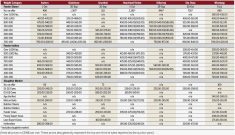Activity may be winding down for the season at cattle auctions around Manitoba, but the butcher and feeder cattle still moving through the rings were still seeing solid demand in late May/early June.
Heavy volumes of butcher cattle stood out to Allan Munroe of the Killarney Auction Mart, who added that “they’re worth some money — which is a good thing.”
Several auctions saw just as many butcher cows as feeder cattle for sale during the week, if not more. Some of the demand came from Ontario, with many headed to the west and south as well. D1 and D2 cows were generally priced in the $90- to $110-per-hundredweight range.
Read Also
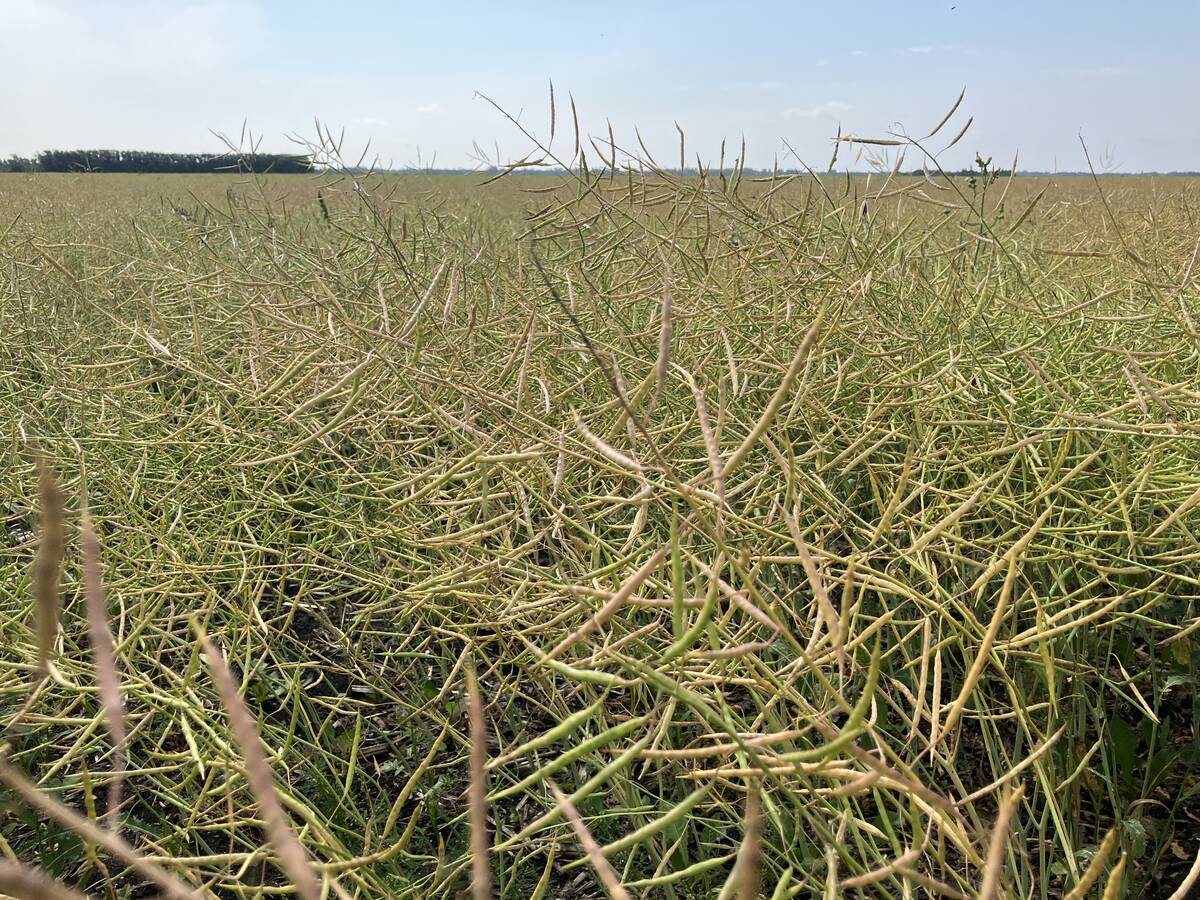
Canola trade watchful during harvest intermission
The flow of speculative money, reacting to whatever world news is available, can be expected to steer grain and oilseed futures in this stretch between Northern and Southern Hemisphere harvests, Phil Franz-Warkentin writes.
Most of the butcher cows for sale during the week lost their calves earlier in the spring. “There were an awful lot of calves lost in those April storms,” said Munroe, adding that “with the cost of everything, they can’t afford to have freeloaders — they just let (the cows) go.”
On the feeder side, buyers were very selective, with only small groups coming to market. Lighter-weight feeder steers under 500 lbs. saw prices range anywhere from $190 to over $260 per hundredweight depending on the quality.
“We get a lot of variation in the quality of the cattle at this time of year, and there’s also a variation in the price they pay for them,” said Munroe. While prices are relatively solid, high feed and fuel costs cut into profits for cattle producers, he added, noting that “it’s the dollars left in your jeans that count.”
Demand for feeder cattle was mainly from the west and local, as the reduced numbers at this time of year make it difficult to put loads together to head east or to the United States.
Looking further out, Munroe said, futures contracts were looking positive for the yearlings that will be coming off grass later in the season, which was keeping some optimism in the market.
“We’re hopeful these guys will get a grain crop in and we’ll see some positives on the cattle market come fall,” he said.
Corn planting is nearing completion in the United States, but seeding has been running behind normal in Manitoba. Moisture this spring has benefited pasture land after last year’s drought but could be detrimental to grain crops going in the ground late. Munroe expected the late seeding could lead to more feed grains down the road.
“The fundamentals say there are a lot fewer cows in North America, which should be affecting supply and should be supportive for prices,” he said — although volatility elsewhere in the world, such as the ongoing conflict in Ukraine, makes it difficult to know what will happen going forward.




